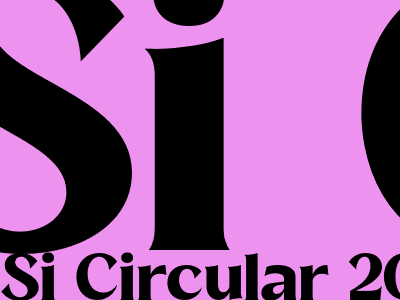
The Importance of Accessibility in Higher Education
Creating an Inclusive Learning Environment
Accessibility in higher education is critical for creating an inclusive learning environment where all students can succeed. By providing students with disabilities with equal access to educational opportunities and resources, institutions can empower them to reach their full potential and participate fully in the learning process.
Benefits of Accessibility in Higher Education
- Increased student success and graduation rates
- Improved student engagement and motivation
- Enhanced reputation and credibility of the institution
Legal and Ethical Obligations
In addition to the moral imperative, there are also legal obligations for institutions of higher education to provide accessibility for students with disabilities. The Americans with Disabilities Act (ADA) and Section 504 of the Rehabilitation Act of 1973 prohibit discrimination against individuals with disabilities, including in educational settings.
These laws require institutions to make reasonable accommodations and provide accessible materials and services to students with disabilities. Failure to comply with these laws can result in legal consequences for the institution.
Strategies for Achieving Accessibility
There are a variety of strategies that institutions can adopt to improve accessibility in higher education. These include:
Universal Design for Learning (UDL)
UDL is an educational framework that promotes the development of learning environments and materials that are accessible to all students, regardless of their abilities, disabilities, or learning styles.
Assistive Technology
Assistive technology refers to devices and software that help individuals with disabilities overcome barriers in learning. Examples of assistive technology include screen readers for students with visual impairments, speech recognition software for students with physical disabilities, and closed captioning for students with hearing impairments.
Accessible Materials
Accessible materials include textbooks, lecture notes, videos, and other learning resources that are designed to be accessible to students with disabilities. This may involve providing materials in alternative formats, such as electronic text, Braille, or sign language.
Disability Services
Disability services offices provide support and accommodations to students with disabilities. These offices typically offer a range of services, including academic advising, assistive technology support, and peer mentoring.
Conclusion
Accessibility in higher education is an essential component of creating an inclusive and equitable learning environment. By adopting strategies such as UDL, providing assistive technology, and ensuring accessible materials, institutions can empower students with disabilities to succeed and achieve their full potential.
Investing in accessibility not only benefits students with disabilities but also enriches the learning experience for all students and creates a more welcoming and inclusive campus community.